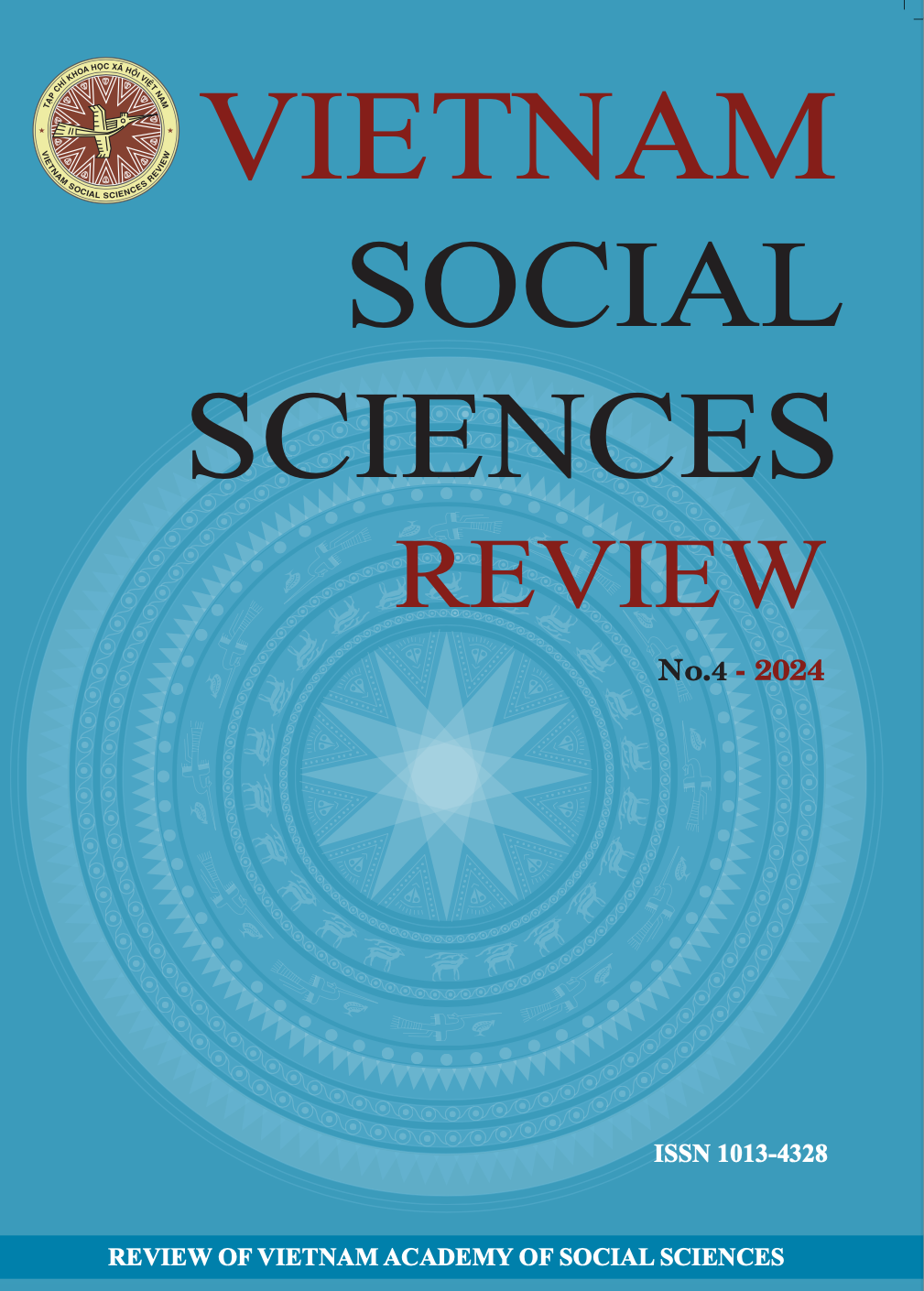The Educational Practices of Vietnamese Schools in China: A Case Study of the Guilin Vietnamese 2.9 School (1967-1975)
Keywords:
Guilin Vietnamese “2.9” School, educational practices, Sino- Vietnamese traditional friendship.Abstract
Previous research on Sino-Vietnamese relations in the 20th century has largely centered on China’s military and material support to Vietnam, with limited attention given to Vietnamese schools in China and Sino-Vietnamese educational collaboration. This paper focuses on the Vietnamese “2.9” School in Guilin, active from 1967 to 1975, by analyzing archival records. It delves into the cooperative educational processes between the two nations, specifically examining the unique educational philosophy, management methods, and teaching practices of Vietnamese schools in China and their significant role in nurturing skilled individuals. The educational activities at the schools were carried out professionally, so that the students had a very promising result. The successful operation of these schools in China exemplifies Sino-Vietnamese educational cooperation, as they trained high quality human resources and strengthened the foundation of friendship. Policy recommendations emphasize that shared interests, along with mutual, unconditional support in critical times, can lead to remarkable accomplishments in the future.
DOI:
https://doi.org/10.56794/VSSR.4(221).18-32Classification number
International Relations

Downloads
Published
References
Guangxi Academy of Social Sciences. (2006). Ho Chi Minh and Guangxi. Guangxi People’s Publishing House.
...


